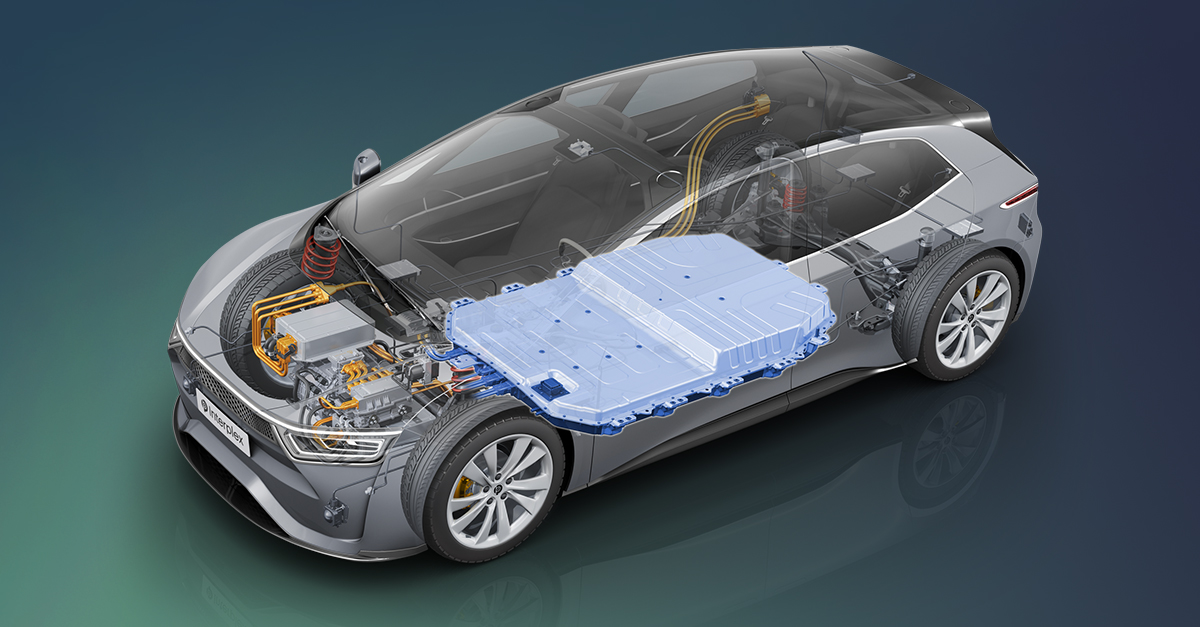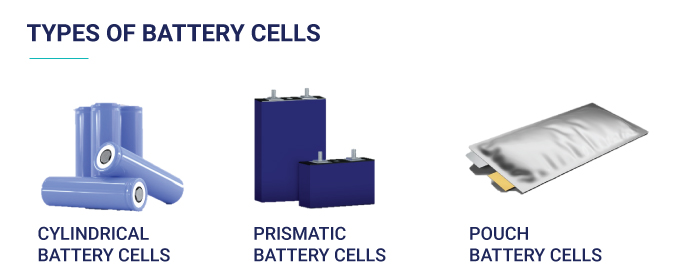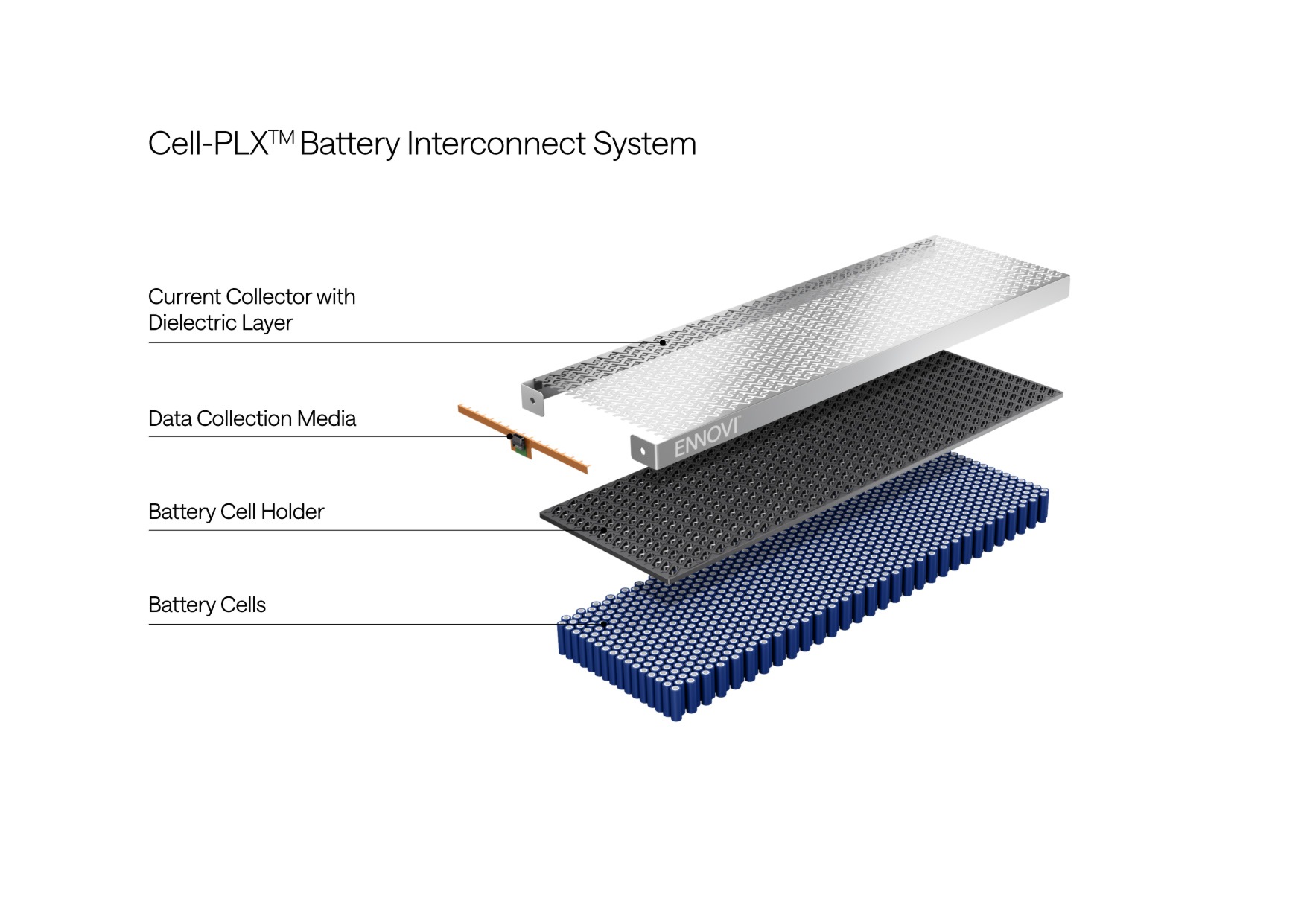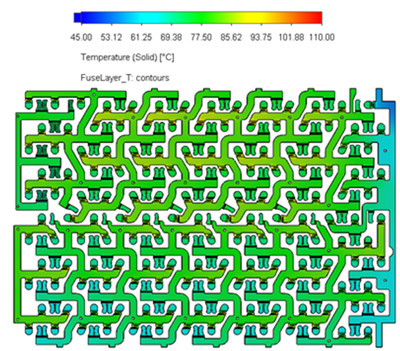Overview
This article is part of a series that explores the Five Key Challenges to Widespread Adoption of Electric Vehicles (EVs). In this episode, we drilldown to take a closer look at the issues and opportunities for optimizing the cost of production for EV batteries.

Key Factors – Materials Cost and Production Efficiency
When it comes to optimizing the cost of EV batteries, it is important to make a distinction between things that are within the control of manufacturers, such as production processes, and things that are more subject to macro-economic factors, such as raw materials costs.
Materials
According to AlixPartners, average raw materials costs for EVs totaled $8,255 per vehicle as of May 2022, up from $3,636 per vehicle in 2021 and $1,875 on average per vehicle in 2020.
Key materials used in EV batteries, such as cobalt, nickel and lithium, show the highest price increases because of the combination of escalating demand and scarcity of newly mined quantities.
Research firm, E Source estimates that due to material shortages battery cell prices will surge 22% from 2023 through 2026, peaking at $138 per kilowatt-hour, before they resume a steady decline through 2031— possibly to as low as $90 per kilowatt-hour.

Expansion of EV battery recycling processes will also be a mitigating factor in the overall availability of usable materials. According to Allied Market Research, the global electric vehicle battery recycling market is projected to reach $2,2 billion by 2025, growing at a CAGR of 41.8% from 2018 to 2025. The US Department of Energy projects that “Recycled material could potentially provide one-third of United States cathode material needs for lithium-ion batteries by 2030.”
However, for the most part, from EV battery manufacturers’ perspective the cost of raw materials is primarily an uncontrollable factor that needs to be monitored and planned around but cannot be directly controlled.
Production Costs
While waiting for the fluctuations in material costs to peak and turn downward again, manufacturers have excellent opportunities to make progress in the primary area that they can control, which is with regards to design-for-manufacturing (DFM) and optimization of production processes.
The following sections delve deeper into the key enabling technologies and opportunity areas for improving production efficiency to lower EV battery costs.
Optimizing Battery Designs for Production Efficiency & Lower Cost
The way that battery cells are connected together into modules and battery packs can make a significant difference not only to performance but also to overall EV battery costs.
EV batteries generally consist of a design hierarchy including the following key elements:
- Individual Cells – the smallest, packaged form of battery, which typically is a Lithium-ion unit delivering one to six volts each.
- Modules – consisting of several cells connected together in either series or parallel.
- Battery Packs – final deployable battery systems consisting of multiple modules combined in series or parallel to provide the level of output needed for a specific application.


- Cylindrical cells provide a symmetrical shape that can be efficiently packed together. These have become the most commonly used cell type and provide for high density packing into modules. The cylindrical shape also helps minimize stress and internal pressures.
- Prismatic cells are typically packaged in a hard casing of welded aluminum or steel. Their low-profile design can improve volume utilization in the module and battery pack. However, prismatic cells can be more expensive to manufacture.
- Pouch cells (sometimes called polymer cells) are similar to prismatic cells but, instead of a hard metal casing, they are sealed in a laminated foil pouch. Pouch cells offer a high level of packaging efficiency and can be created in a variety of shapes. However, they may tend to swell and are more vulnerable to penetration than hard casings.
Supporting cylindrical and prismatic battery module designs, Cell-PLX™ battery interconnect system is specifically designed to enable battery manufacturers across the entire spectrum of applications to have a single thin, robust and customizable solution that achieves excelled current density spread.

Cell-PLX™ provides options for high speed, robust laser weld attachment to the cells, thereby enabling efficient production processes, lower manufacturing costs, and high-volume operations.
Cell-PLX™ also uses a patented innovation called U-Turn that enables excellent current spread and provides uniform distribution of current density throughout the entire battery module.

ENNOVI is able to achieve this evenly distributed power spread by leveraging our proven, precision, high-volume manufacturing methods that ensure each Cell-PLX™ metal plate has a consistent thickness, even for very large battery interconnects.
By reducing stress on the individual battery cells, U-Turn enables optimal battery performance and increases EV range, while also improving battery lifespan and lowering overall battery costs.
With exponential proliferation of EV and other e-Mobility applications around the world, each battery design has its own set of specifications and requirements. Therefore, customized solutions are critical to support this wide range of designs. Cell-PLX™ addresses this need with a customizable system that connects the battery cells to the current collectors and can be used with cylindrical, or prismatic battery modules.
ENNOVI is able to achieve this evenly distributed power spread by leveraging our proven, precision, high-volume manufacturing methods that ensure each Cell-PLX™ metal plate has a consistent thickness, even for very large battery interconnects.
By reducing stress on the individual battery cells, U-Turn enables optimal battery performance and increases EV range, while also improving battery lifespan and lowering overall battery costs.
With exponential proliferation of EV and other e-Mobility applications around the world, each battery design has its own set of specifications and requirements. Therefore, customized solutions are critical to support this wide range of designs. Cell-PLX™ addresses this need with a customizable system that connects the battery cells to the current collectors and can be used with cylindrical, or prismatic battery modules.
Summary
The ability to effectively design and manufacture a wide range of EV battery sizes and integrate various cell types is a critical factor for optimizing battery costs.
Flexibility and customization are key to enabling various design configurations. Cell-PLX™ addresses design complexities and space constraints with a tailor-made interconnect solution that delivers the configurability and assembly efficiency that EV makers need.
As a long-time innovator and trusted supplier to the automotive industry, ENNOVI continues to play a key role in developing underlying technologies to lower costs, improve production output, and enable widespread adoption of EVs.
